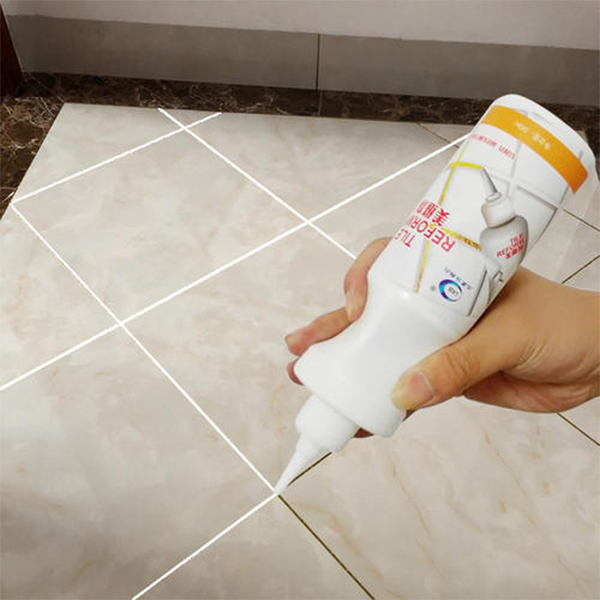Understanding Mortar and HPMC Key Components in Modern Construction
In the realm of construction and building materials, the role of mortar cannot be overstated. Mortar serves as a critical binding agent in masonry construction, providing the necessary adhesion to hold bricks, stones, and other building units together. With the evolving demands of the construction industry, additives such as Hydroxypropyl Methylcellulose (HPMC) have gained considerable attention for their ability to enhance the properties of mortar.
What is Mortar?
Mortar is a mixture of sand, water, cement, and sometimes lime. Its primary purpose is to bond building materials together and create a stable and durable structure. Mortar can vary in composition depending on its specific application, with different types such as cement mortar, lime mortar, and gypsum mortar. Each type has distinct properties that make it suitable for specific environments and uses.
The ideal characteristics of mortar include good workability, sufficient adhesion, water retention, and resistance to weathering. However, traditional mortar sometimes falls short in these areas, especially in challenging environmental conditions.
The Role of HPMC in Mortar Formulations
Hydroxypropyl Methylcellulose (HPMC) is a cellulose ether widely used as an additive in construction materials, particularly in mortar formulations. Its unique properties make it an essential ingredient for improving the overall performance of the mortar mix.
1. Enhanced Workability HPMC significantly improves the workability of mortar, allowing for easier mixing, application, and adjustment during the placement. This is crucial, especially in larger projects where consistency and ease of use are paramount.
mortar hpmc

2. Water Retention One of the most significant advantages of incorporating HPMC into mortar is its ability to retain water. This characteristic is essential for maintaining the moisture levels required for the hydration of cement. With better water retention, the curing process can be more efficient, leading to stronger and more durable mortar.
3. Improved Adhesion HPMC contributes to better adhesion between the mortar and the substrates (like bricks and tiles). This ensures that the mortar can effectively hold the desired materials in place, reducing the risk of failures or structural issues over time.
4. Flexibility and Elasticity Mortars that contain HPMC also exhibit improved flexibility and elasticity. This is particularly beneficial in applications where thermal expansion and contraction of the building materials occur, reducing the likelihood of cracking and enhancing the durability of the mortar.
5. Resistance to Shrinkage HPMC helps in minimizing shrinkage during the curing process. Reduced shrinkage means fewer cracks and a more stable structure overall, making it an attractive option in areas prone to moisture fluctuations.
Conclusion
As the construction industry continues to evolve, the need for advanced materials that provide superior performance has become increasingly essential. The combination of traditional mortar with modern additives like HPMC offers a solution that enhances the material properties, ensuring better workability, adhesion, and durability.
Incorporating HPMC into mortar formulations represents a significant step towards achieving high-quality construction standards, meeting the demands of contemporary building projects. As architects, engineers, and construction professionals strive for excellence, understanding and utilizing such innovative materials will be key in building structures that are not only functional but also resilient in the face of environmental challenges.
-
Understanding Methyl Hydroxyethyl Cellulose (MHEC) – Properties, Benefits & ApplicationsNewsNov.25,2025
-
A Comprehensive Guide to Methyl Ethyl Hydroxyethyl Cellulose: Applications and Industry InsightsNewsNov.24,2025
-
Understanding Methyl 2 Hydroxyethyl Cellulose: Uses, Benefits & Industry InsightsNewsNov.24,2025
-
Hydroxyethyl Methyl Cellulose HEMC: Industrial Uses, Benefits & Future TrendsNewsNov.23,2025
-
HEMC Cellulose: Versatile & Sustainable Industrial Polymer | YoungcelNewsNov.23,2025
-
Methyl Hydroxyethyl Cellulose: Versatile Building Block for Industry & SustainabilityNewsNov.23,2025




